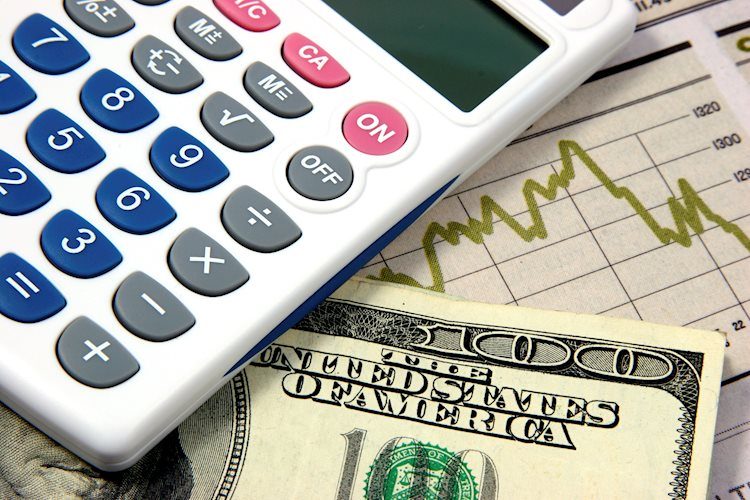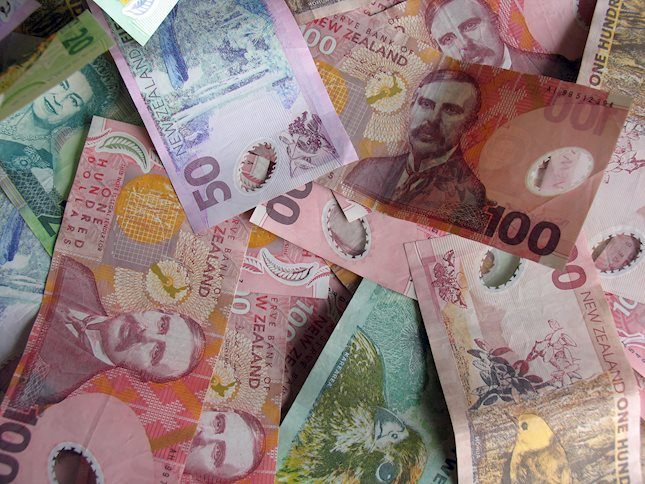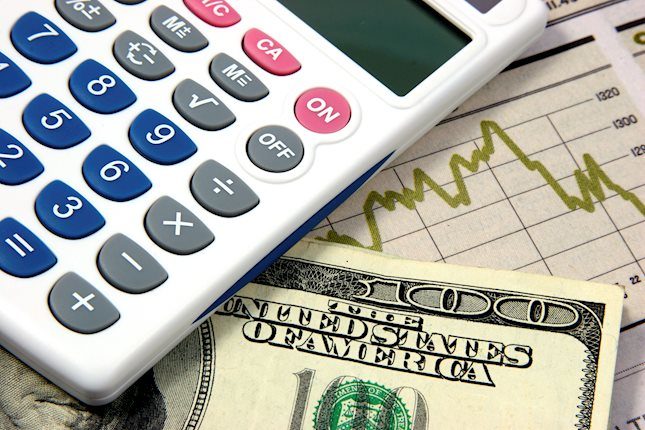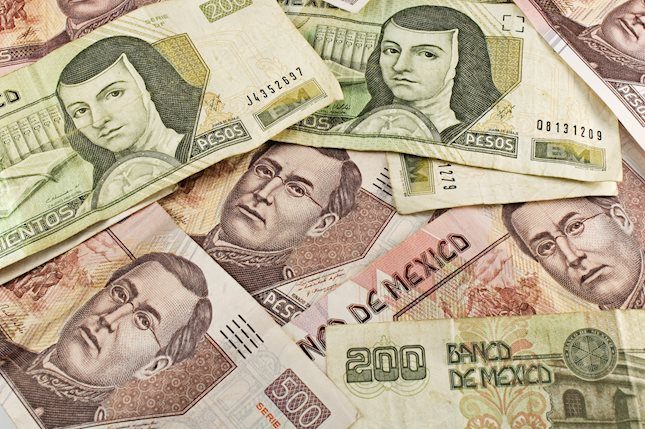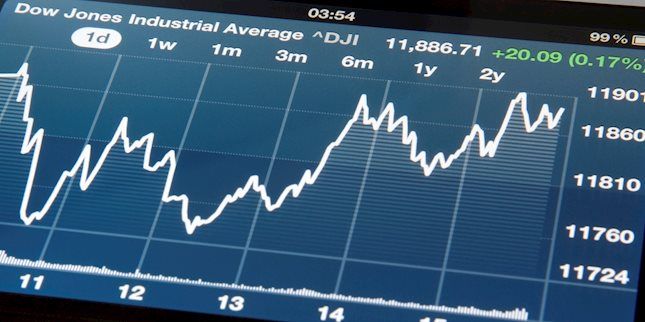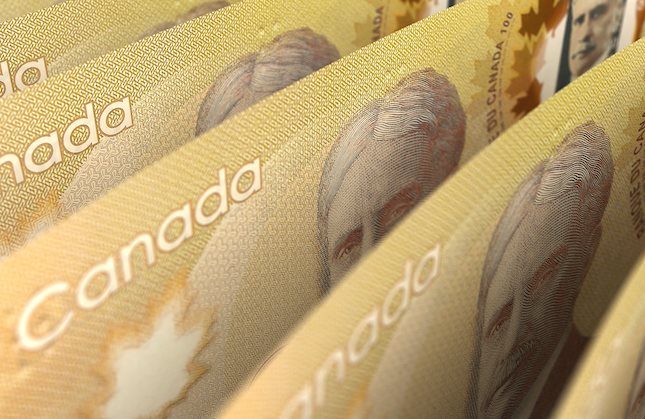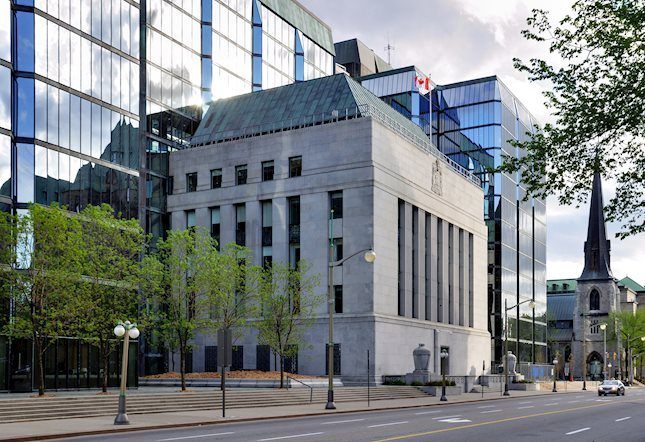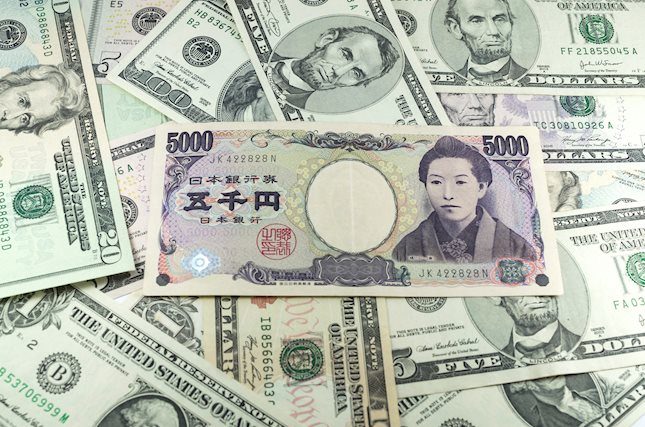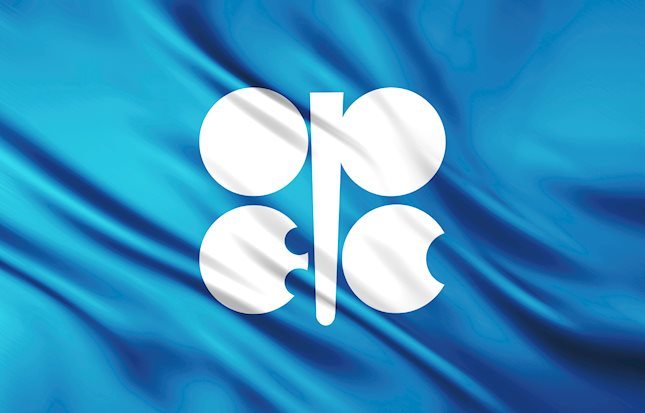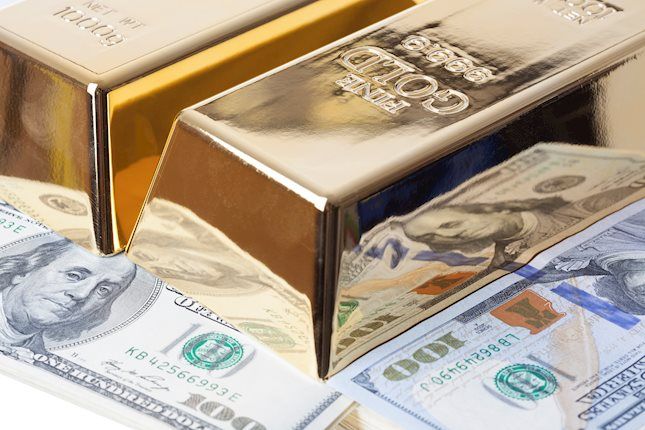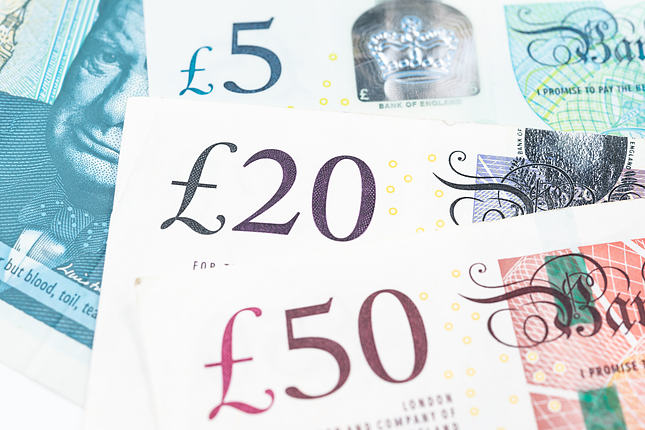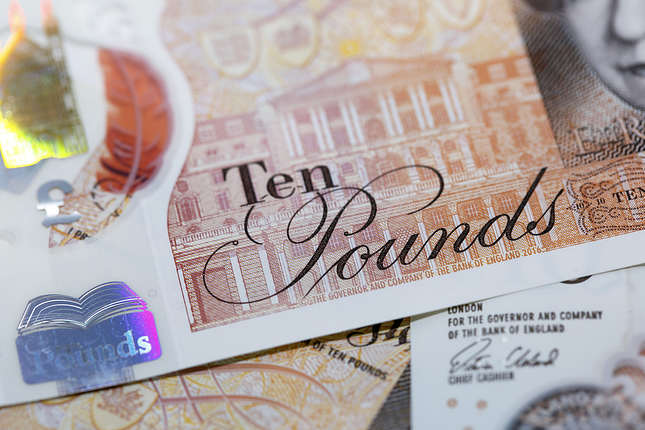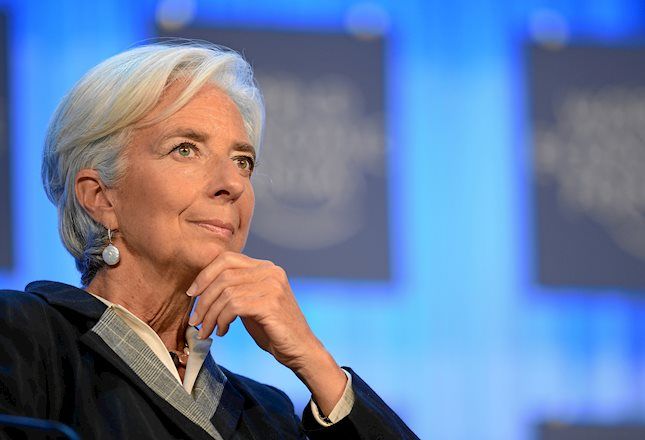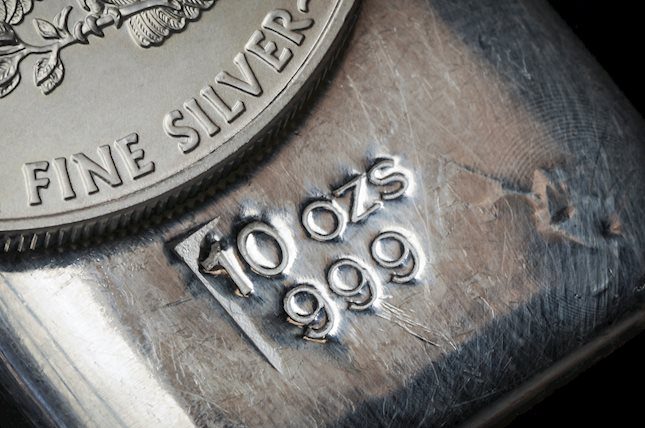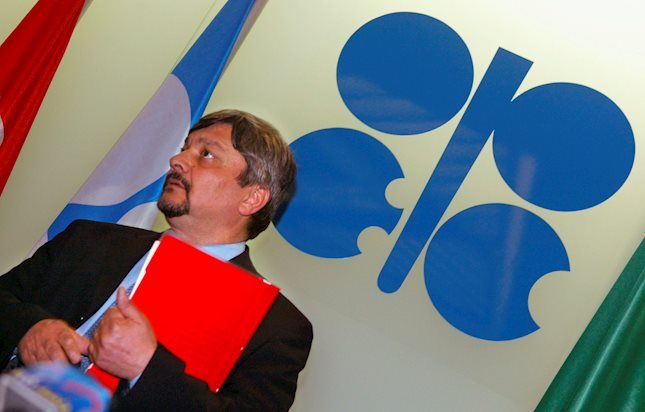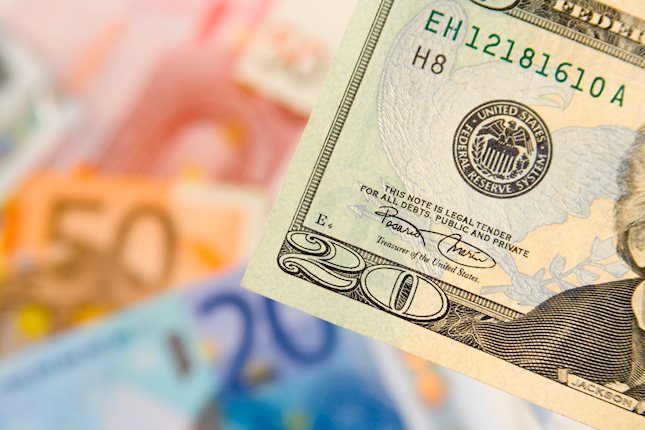US Dollar sees mild gains as investors await directions
- US Dollar experiences modest gains as the currency seems to have hit a ceiling after a furious rally in October.
- Ongoing economic outperformance remains a major theme underpinning higher US Treasury yields and USD strength.
- Wednesday’s Fed’s Beige Book report and Thursday’s S&P PMIs figures will be important.
The US Dollar Index (DXY), which measures the value of the USD against a basket of six currencies, sees modest gains amidst profit-taking after a sustained rally. US equities are pulling back while Treasury yields and the USD continue to strengthen.
Indeed, the International Monetary Fund’s (IMF) updated growth forecasts are expected to favor the US economy, contributing to the ongoing trend of economic outperformance of the US against its peers and supporting the USD, which may trigger a more cautious stance among Federal Reserve (Fed) officials.
As for now, markets are betting on high odds of two 25 bps Fed cuts in 2024, but it will all come down to incoming data.
Daily digest market movers: US Dollar rising amid equity market decline and rising Treasury yields
- IMF’s updated growth forecasts are expected to show the US economy still outpacing most other major economies, underpinning higher Treasury yields and USD strength.
- Higher Treasury yields are attracting foreign capital inflows, providing further support to the US Dollar.
- Equity markets are tumbling with widespread profit-taking after a strong rally in 2021.
- Geopolitical concerns over the Ukraine-Russia conflict and tensions in the Middle East are adding to this risk-off environment.
- The divergence theme remains alive and well with the US economy continuing to outperform most other major economies.
DXY technical outlook: DXY surges above 200-day SMA, faces resistance
The DXY index surpassed the 200-day SMA, but waning buying momentum suggests it may struggle to establish above it. Consequently, the index may engage in lateral trading in the near term. The Relative Strength Index (RSI) remains flat within overbought territory, and the Moving Average Convergence Divergence (MACD) shows flat green bars.
Support levels lie at 103.50, 103.30 and 103.00, while resistance levels are at 103.80, 104.00 and 104.30.
Central banks FAQs
Central Banks have a key mandate which is making sure that there is price stability in a country or region. Economies are constantly facing inflation or deflation when prices for certain goods and services are fluctuating. Constant rising prices for the same goods means inflation, constant lowered prices for the same goods means deflation. It is the task of the central bank to keep the demand in line by tweaking its policy rate. For the biggest central banks like the US Federal Reserve (Fed), the European Central Bank (ECB) or the Bank of England (BoE), the mandate is to keep inflation close to 2%.
A central bank has one important tool at its disposal to get inflation higher or lower, and that is by tweaking its benchmark policy rate, commonly known as interest rate. On pre-communicated moments, the central bank will issue a statement with its policy rate and provide additional reasoning on why it is either remaining or changing (cutting or hiking) it. Local banks will adjust their savings and lending rates accordingly, which in turn will make it either harder or easier for people to earn on their savings or for companies to take out loans and make investments in their businesses. When the central bank hikes interest rates substantially, this is called monetary tightening. When it is cutting its benchmark rate, it is called monetary easing.
A central bank is often politically independent. Members of the central bank policy board are passing through a series of panels and hearings before being appointed to a policy board seat. Each member in that board often has a certain conviction on how the central bank should control inflation and the subsequent monetary policy. Members that want a very loose monetary policy, with low rates and cheap lending, to boost the economy substantially while being content to see inflation slightly above 2%, are called ‘doves’. Members that rather want to see higher rates to reward savings and want to keep a lit on inflation at all time are called ‘hawks’ and will not rest until inflation is at or just below 2%.
Normally, there is a chairman or president who leads each meeting, needs to create a consensus between the hawks or doves and has his or her final say when it would come down to a vote split to avoid a 50-50 tie on whether the current policy should be adjusted. The chairman will deliver speeches which often can be followed live, where the current monetary stance and outlook is being communicated. A central bank will try to push forward its monetary policy without triggering violent swings in rates, equities, or its currency. All members of the central bank will channel their stance toward the markets in advance of a policy meeting event. A few days before a policy meeting takes place until the new policy has been communicated, members are forbidden to talk publicly. This is called the blackout period.
Forex News
Keep up with the financial markets, know what's happening and what is affecting the markets with our latest market updates. Analyze market movers, trends and build your trading strategies accordingly.
